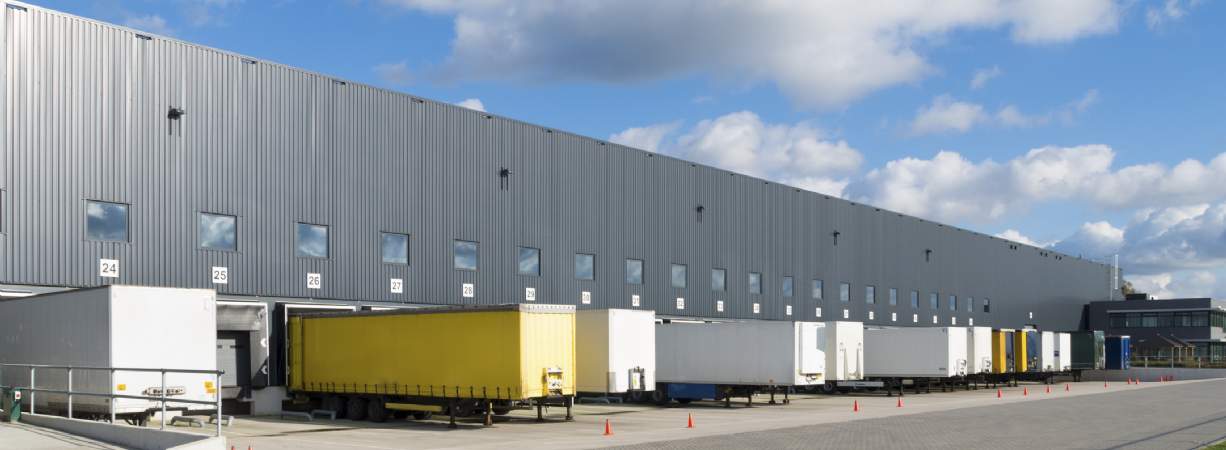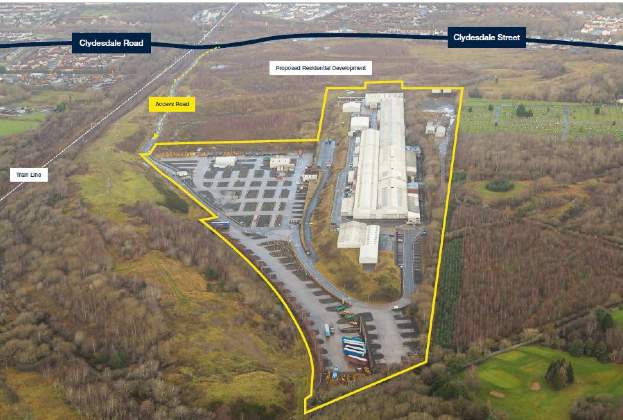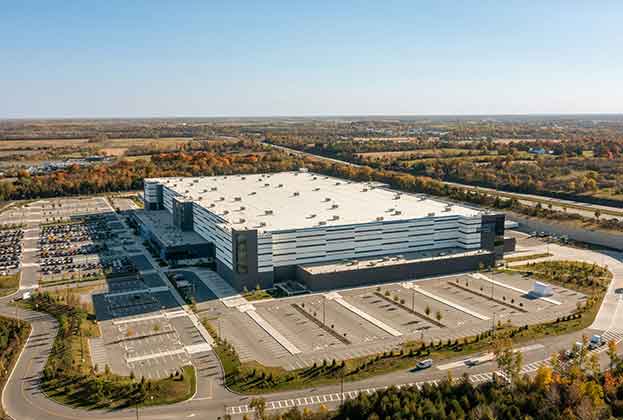It has been quite a rollercoaster ride for UK SMEs in recent years, with supply chain delays wreaking havoc on their operations. First due to the Covid-19 pandemic and then subsequent geo-political and economic headwinds. Consequently, many businesses are feeling the pinch as they continue to navigate disruption and deal with income loss. What, then, is the solution? For many this has been the acquisition of additional warehouse space.
What’s the problem?
According to Aldermore Bank, three out of five UK small and medium enterprises (SMEs) have experienced supply chain delays in the last year, with 27 per cent seeing a financial impact on their business. In fact, it’s thought that the estimated income loss for these companies has been as much as £1.9 billion in the last year, with delay-hit businesses estimating they have lost an average of £625,000 in income over the same time frame. What’s more, over half of SMEs admitted they were not entirely sure about the intricacies of their supply chain, making it increasingly hard to ease the pressure and keep things running smoothly.
What’s the solution?
To combat supply chain vulnerabilities, UK SMEs are considering nearshoring as a viable solution. So much so, that Google data has shown searches for the word have increased dramatically as businesses explore alternative solutions.
Nearshoring involves establishing production, or outsourcing services, in geographically proximate locations. This strategy offers numerous advantages such as reduced lead times, heightened operational control and, perhaps most importantly, better responsiveness to market dynamics.
What’s more, nearshoring extends beyond addressing supply chain hiccups, also aligning with ESG principles. By cutting down on the need to transport goods across vast distances, businesses can markedly reduce carbon emissions. This not only appeals to eco-conscious consumers, but also contributes to a healthier planet. Other benefits include local job creation, fostering regional economies and supporting societal wellbeing.
How easy is this to achieve?
Despite all the challenges, UK SMEs are currently at an advantage when it comes to expanding their warehousing and manufacturing capability. As it stands, the economic landscape offers a unique opportunity as the sector is marked by rising warehouse vacancy rates, which now stand at 7.5 per cent for units between 10,000 and 200,000 sq ft, and more moderated rental growth. Together, these conditions provide a favourable setting for SMEs to acquire affordable, well-suited space.
Yet, it is still important to be strategic when acquiring these buildings. The continually shifting economic and political environment is diluting the traditional cost make-up of many occupier’s networks. Savills recent report on the affordability of warehouse rents, stated that location was the most important factor, with data underscoring how well located warehouse space can yield substantial cost savings for businesses.
Essentially, nearshoring offers risk mitigation, agility enhancement and alignment with ESG principles. This means UK businesses can gain a tactical advantage by fortifying against any potential future supply chain turbulence.
Further information
Contact Will Laing or Tom Shaw




.jpg)


.jpg)


